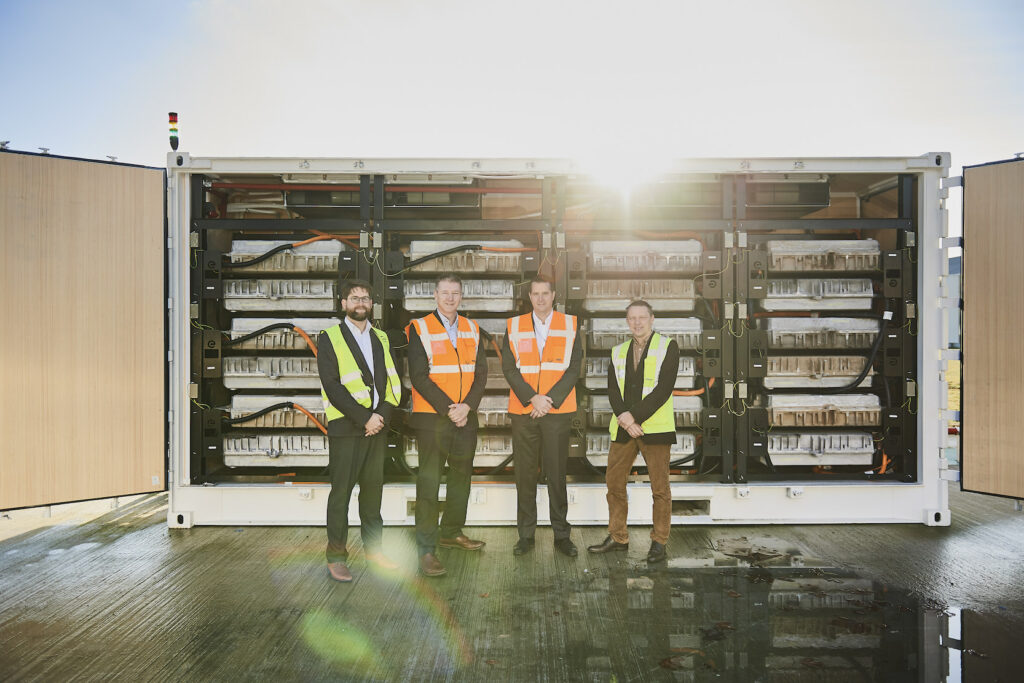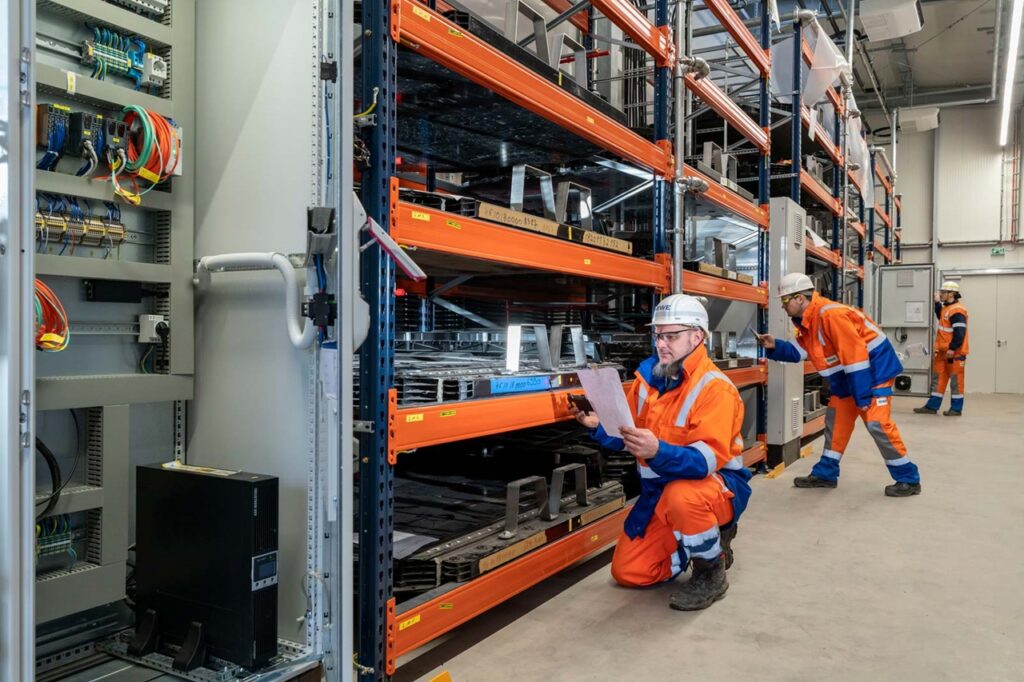
Following a recent announcement by carmaker Toyota that it will be exploring how to make batteries easier to recycle, more attention should also be paid to giving used EV batteries a ‘second life,’ argues Matthew Lumsden, CEO of Connected Energy.
Toyota recently announced a bold plan to develop ‘green batteries’ – batteries that are low carbon, low in cost, and easy to recycle.
Enjoy 12 months of exclusive analysis
- Regular insight and analysis of the industry’s biggest developments
- In-depth interviews with the industry’s leading figures
- Annual digital subscription to the PV Tech Power journal
- Discounts on Solar Media’s portfolio of events, in-person and virtual
Some ‘simple’ changes at the design stage of batteries could add significantly to their ‘reusability’ before end of life.
It is our assessment that up to 30% of vehicle batteries can be re-used in second life energy storage systems. Second life applications must become ubiquitous across the world if an unacceptable waste of resources through premature end of life battery recycling is to be avoided. Vehicle manufacturers can help this to happen.
In China, second life use is translated as “cadence”, “gradient”, or “ladder” use, and this ladder analogy is a great way to think about the life of a battery, by considering if each step in the life cycle has been made to work with the next. Vehicle batteries are broadly speaking rectangular metal containers. But they vary and this variation can add difficulty and complication to the second life use.
Connected Energy is the only company in the UK to use second life batteries in a practical way, supplying energy storage systems to Europe and the UK made from second life car and van batteries.
Stacked together in bespoke containers we utilise our control systems so that the batteries are used exactly as they are in vehicles, this approach capitalises on all the R&D and safety systems invested in them by OEMs. This process could be made dramatically easier and universally considered with a few ‘simple’ design changes.
Committing to second life
A first basic would be to ensure that batteries are regular cuboids and stackable. Removing odd shapes or additional sections that protrude sounds simple, but would no doubt have some complications. However, these need to be designed out. Adding fixing holes and channelling into the external casing of the batteries could transform the ease with which they can be cost effectively installed and connected once outside a vehicle.
To incorporate these simple yet highly effective changes into battery design, however, requires a real commitment to second life use whilst designing for the first life.
Over its lifetime in operation, a second life BESS can save an additional 450 tonnes per MWh of CO2 equivalent compared to using first life batteries so we must ensure the use of second life batteries in energy storage systems. This will not just save carbon and use the embedded carbon better but reduce competition for raw materials.
The world cannot afford all BESS to come from first life batteries so here’s the challenge: design for reuse as well as for recycling.

About the Author
Matthew Lumsden is CEO of Connected Energy, a UK-headquartered company working internationally to provide and enable second-life battery energy storage systems. The company’s E-STOR energy storage systems have been developed to enable thousands of batteries, with varied levels of degradation, to be aggregated, controlled and reused as one stationary energy storage system.

